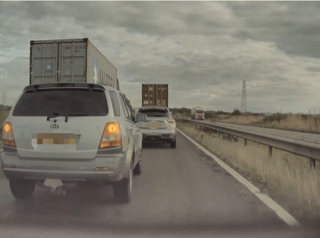Progress on reducing road deaths in the EU slowed to just -0.6% last year, the worst annual reduction since the first common EU target was set in 2001, according to new analysis published today by the European Transport Safety Council (ETSC).
EU member states now need to cut deaths by almost 8% each year until 2020 to meet the target set in 2010 to halve deaths within a decade.
France, Ireland, Germany and the UK were among the 12 EU member states that saw an increase in the number of road deaths last year compared to 2013.
On a positive note Croatia, Slovenia, Finland, Greece, Luxembourg and Malta all recorded reductions of around 10% or more.
Antonio Avenoso, executive director of the ETSC, said: “It’s very disappointing to see the UK, a road safety champion, dropping its guard in recent years: we are now seeing the fallout with progress slowing and even going into reverse.”
Today’s new figures show that in 2014, more than 200,000 people were seriously injured in road collisions, a rise of 3% in one year.
The numbers of people suffering life-changing injuries have fallen more slowly than deaths for several years and even increased last year.
ETSC is deeply concerned that a planned EU strategic target to reduce serious injuries appears to have been dropped despite being repeatedly promised by the current European Commission.
It is calling for the EU to commit to making key safety technologies such as Automated Emergency Braking (AEB), overridable Intelligent Speed Assistance (ISA), intelligent seat belt reminders for passenger seats and an interface for alcohol interlock devices to be made standard on all new vehicles.
A proposal for revised vehicle safety standards is expected later this year.





















Login to comment
Comments
No comments have been made yet.